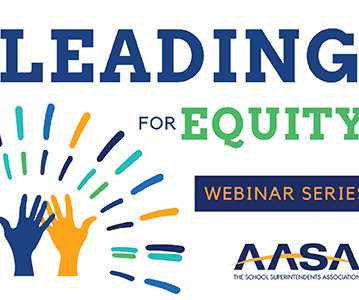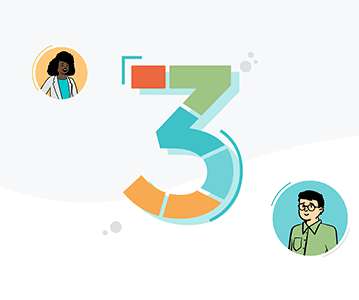Secondary Teachers Transform Their Practice
Battelle for Kids
NOVEMBER 18, 2015
Gallagher, 2003, p. 3) It is common knowledge among secondary English teachers that many students don't read assigned texts, often relying on SparkNotes to successfully complete assignments and prepare for assessments. Why is this happening?
























Let's personalize your content